Citation:
| REPRINT | 485 KB | |
| eReader/Kindle-friendly PREPRINT | 1.12 MB |
Abstract:
Question: Population ecology and population genetics are treated separately in mosttextbooks. However, Darwin’s term the ‘struggle for existence’ included both naturalselection and ecological competition. Using the simplest possible mathematical models, thispaper searches for historical reasons for the lack of unity in ecological and evolutionarythought.Assumptions and methods: Logistic density-dependent population growth and Lotka-Volterracompetition models are used throughout. Derivations of the logistic from first principles ofresource use, competition for space, and births and deaths of individuals are documented.A full range of possible kinds of natural selection, including constant selection, density- andfrequency-dependent selection, as well as hard and soft selection, can emerge cleanly asnatural outcomes from the simplest-imaginable haploid models derived from Lotka-Volterracompetition. Extensions to incorporate more realism, including non-linear per capita densitydependence, Allee effects, complex life histories, discrete generations, diploid Mendeliangenetics, sexual populations, and speciation are briefly discussed.Conclusions: Widespread use of r-K (‘carrying capacity’) models of population growthappears to have catalysed fundamental discords in ecology, and between ecology and evolution.Verhulst’s original polynomial form of the logistic, here termed the r-α model, is both morenatural in theory, and accords better with empirical data. The r-α formulation explainsapparent paradoxes involving the r-K logistic, including controversial aspects of r- andK-selection. Adoption of first-principles birth–death or r-α modelling clarifies natural selectionin density-regulated populations, and leads to an improved understanding of Darwinianevolution and speciation.
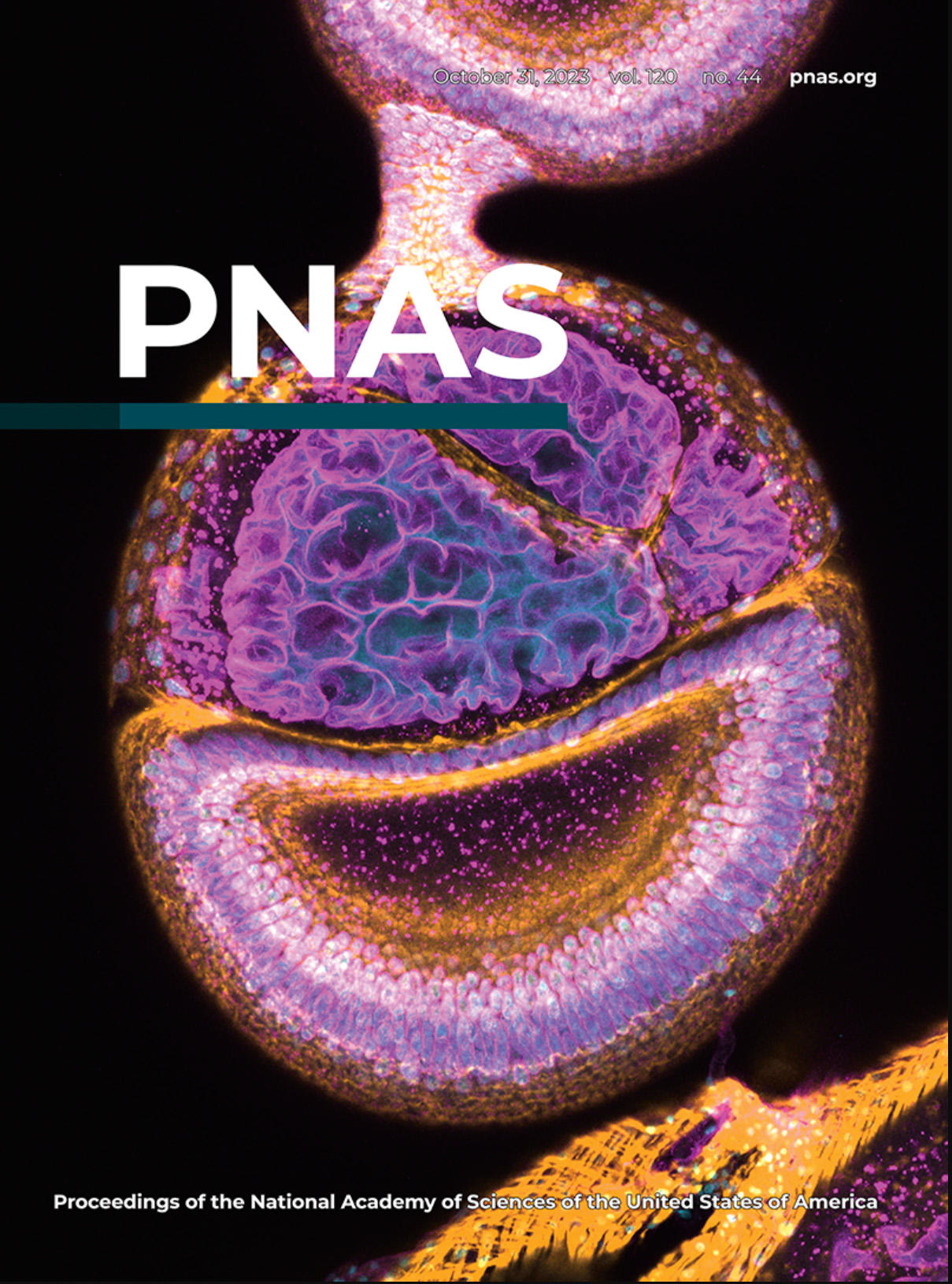
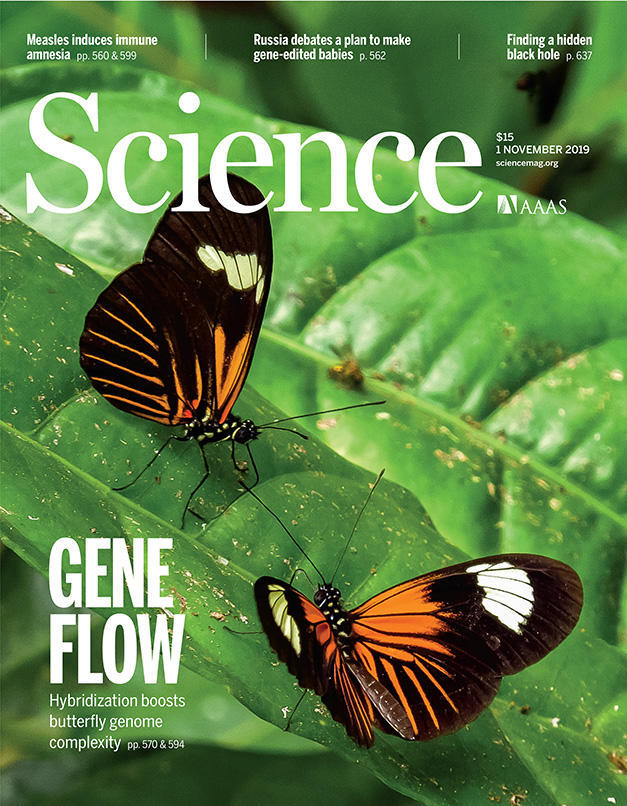
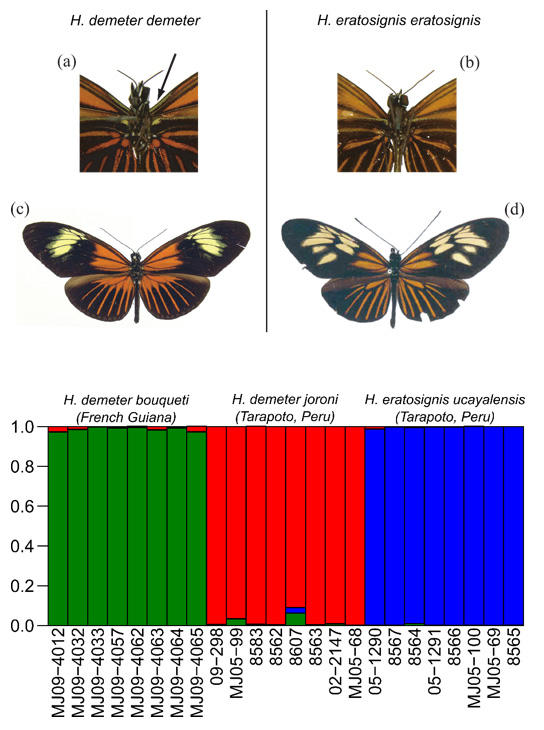

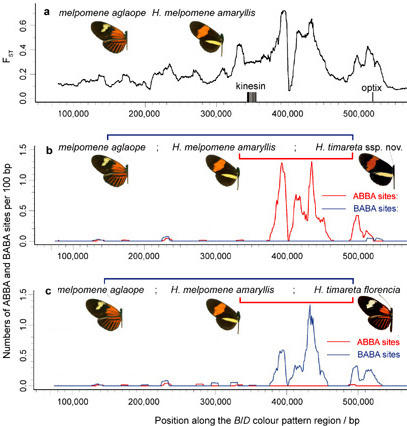
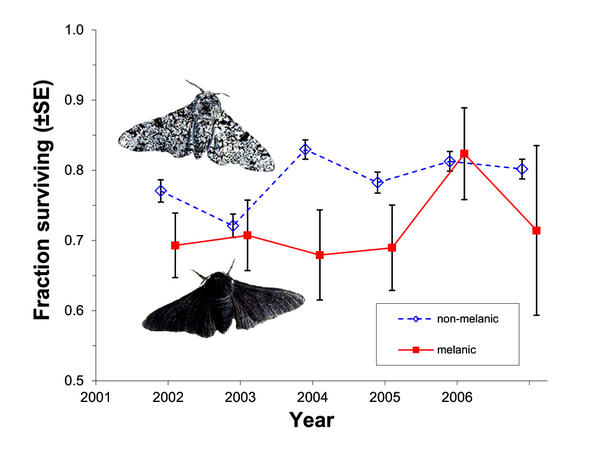 Selection against melanism in UK after the Clean Air Act.
Selection against melanism in UK after the Clean Air Act.